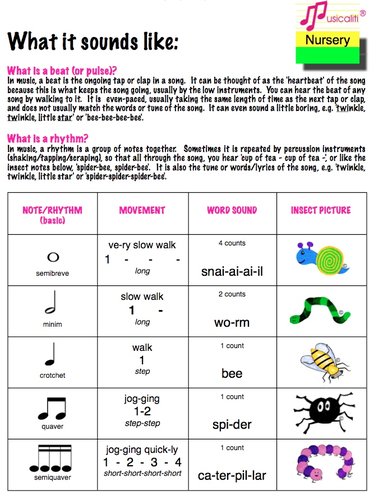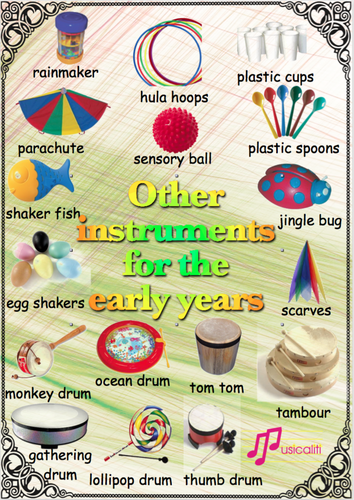Musicaliti's Shop
I specialise in delivering and writing early years music sessions as well as music training for universities and colleges. I believe strongly in developing CREATIVITY as a precursor to academic skills because of the school-readiness skills that are involved in high quality creative activities. And as musical is a universal language, I believe that you are the best music leader for your children!






















